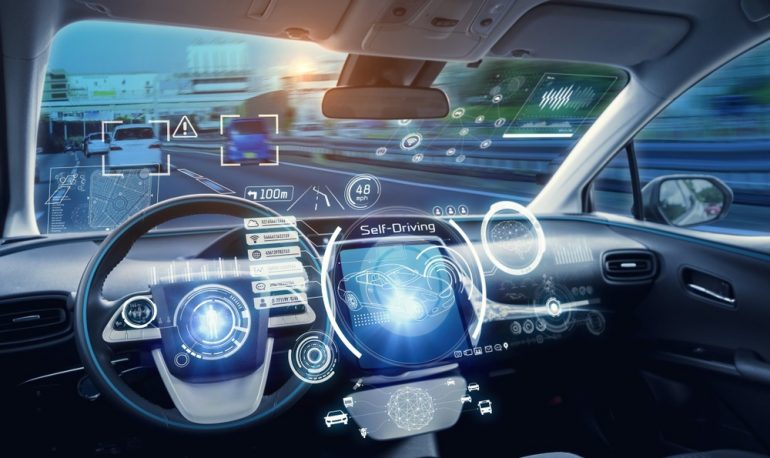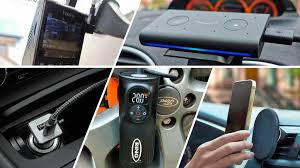Artificial intelligence (AI) is transforming industries worldwide, and the automotive sector is no exception. In 2023, AI has become a critical tool in automotive design, enabling manufacturers to create vehicles that are not only more innovative but also smarter, safer, and more sustainable. From conceptualization to production, AI is reshaping how cars are designed, enhancing efficiency, aesthetics, and functionality.
The Role of AI in Automotive Design
AI has infiltrated every stage of automotive design, providing advanced tools and methodologies to streamline workflows and improve outcomes. Here are the key areas where AI is making an impact:
1. Conceptual Design
- AI-driven software helps designers generate multiple design concepts in record time.
- Generative design tools use AI to explore a wide array of shapes, structures, and materials based on specific requirements, such as aerodynamics, weight, and cost efficiency.
- By analyzing historical data and trends, AI offers insights into consumer preferences, ensuring designs resonate with target markets.
2. Simulation and Testing
- AI-powered simulations replicate real-world conditions, allowing designers to test the aerodynamics, durability, and safety of prototypes virtually.
- Machine learning algorithms predict how design modifications will affect performance, eliminating the need for costly physical prototypes.
- AI accelerates crash testing by simulating impact scenarios with remarkable accuracy, ensuring vehicles meet stringent safety standards.
3. Personalization
- AI enables the creation of highly customizable vehicles tailored to individual preferences.
- From seat configurations to interior lighting, AI algorithms analyze customer data to suggest personalized design elements that enhance the user experience.
4. Lightweighting
- AI identifies opportunities to reduce vehicle weight by suggesting alternative materials and optimizing structural designs.
- Lightweight vehicles improve fuel efficiency and battery performance in electric vehicles (EVs), addressing environmental concerns.
5. Human-Centered Design
- AI assists in ergonomic assessments, ensuring that vehicles are comfortable and accessible for drivers and passengers of varying demographics.
- Tools like eye-tracking software and AI-driven feedback systems analyze user interactions to refine interior layouts and control placements.
AI in the EV Revolution
As the world transitions to electric vehicles (EVs), AI is playing a pivotal role in their design:
- Battery Optimization
- AI aids in designing battery systems that maximize energy density, efficiency, and safety.
- Machine learning models predict battery performance and degradation, influencing both design and placement within vehicles.
- Aerodynamic Enhancements
- AI algorithms optimize EV exteriors to reduce drag and improve range, a critical factor for EV adoption.
- Thermal Management
- AI helps design efficient cooling systems for batteries and motors, ensuring performance stability.
AI-Driven Sustainability in Design
Sustainability is a major focus in 2023, and AI is helping automotive manufacturers achieve greener designs:
- Material Selection: AI identifies eco-friendly materials with the desired properties, such as strength and recyclability.
- Waste Reduction: Generative design minimizes material waste by creating parts with optimal efficiency.
- Lifecycle Analysis: AI models predict the environmental impact of vehicles over their entire lifecycle, guiding design decisions for sustainability.
Challenges in AI-Driven Automotive Design
Despite its transformative potential, integrating AI into automotive design presents challenges:
- Data Dependency: AI relies heavily on high-quality data, which can be expensive and time-consuming to collect.
- Complexity: Designing and training AI systems require expertise and significant investment.
- Ethical Concerns: AI-driven personalization may raise privacy issues, as algorithms analyze user data to predict preferences.
- Regulatory Compliance: AI-based designs must adhere to ever-evolving safety and environmental regulations.
Future Trends in AI and Automotive Design
- Autonomous Vehicle Design: AI will continue shaping the design of autonomous vehicles, focusing on sensor integration, safety systems, and passenger comfort.
- Digital Twins: AI-powered digital twins will enable real-time monitoring and improvement of vehicle designs throughout their lifecycle.
- 3D Printing Integration: AI will guide 3D printing processes, enabling rapid prototyping and customized component production.
- AI-Enhanced Creativity: AI will evolve to complement human creativity, generating ideas and concepts that blend technological feasibility with artistic vision.
Conclusion
In 2023, AI is revolutionizing automotive design, enabling manufacturers to innovate faster, create more sustainable vehicles, and meet the ever-evolving expectations of consumers. By integrating AI into every stage of the design process, the automotive industry is not only reimagining what vehicles can be but also paving the way for a future where cars are safer, smarter, and more efficient.
As AI continues to advance, its role in automotive design will undoubtedly grow, driving the industry toward unprecedented levels of creativity and innovation.
0




